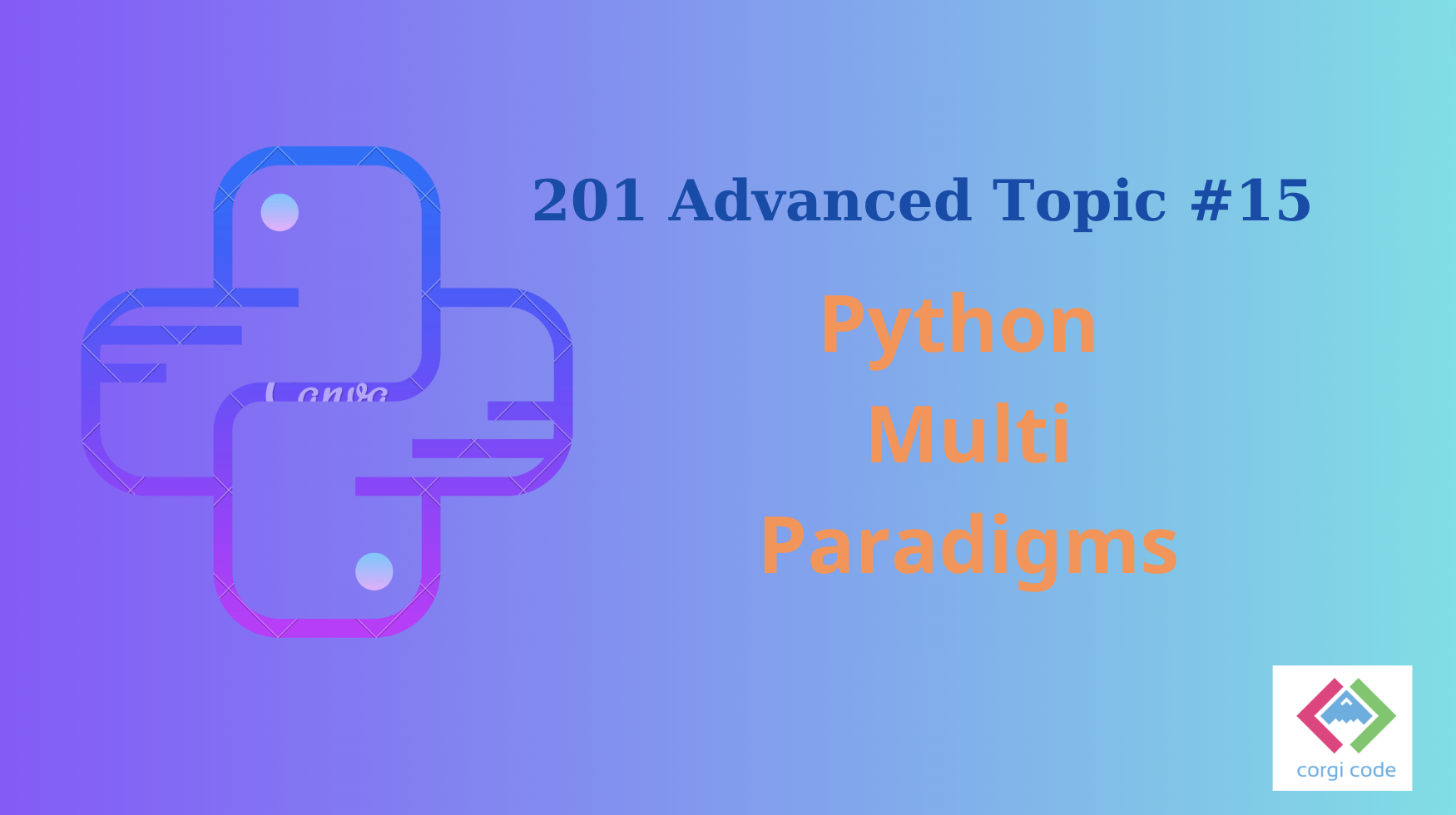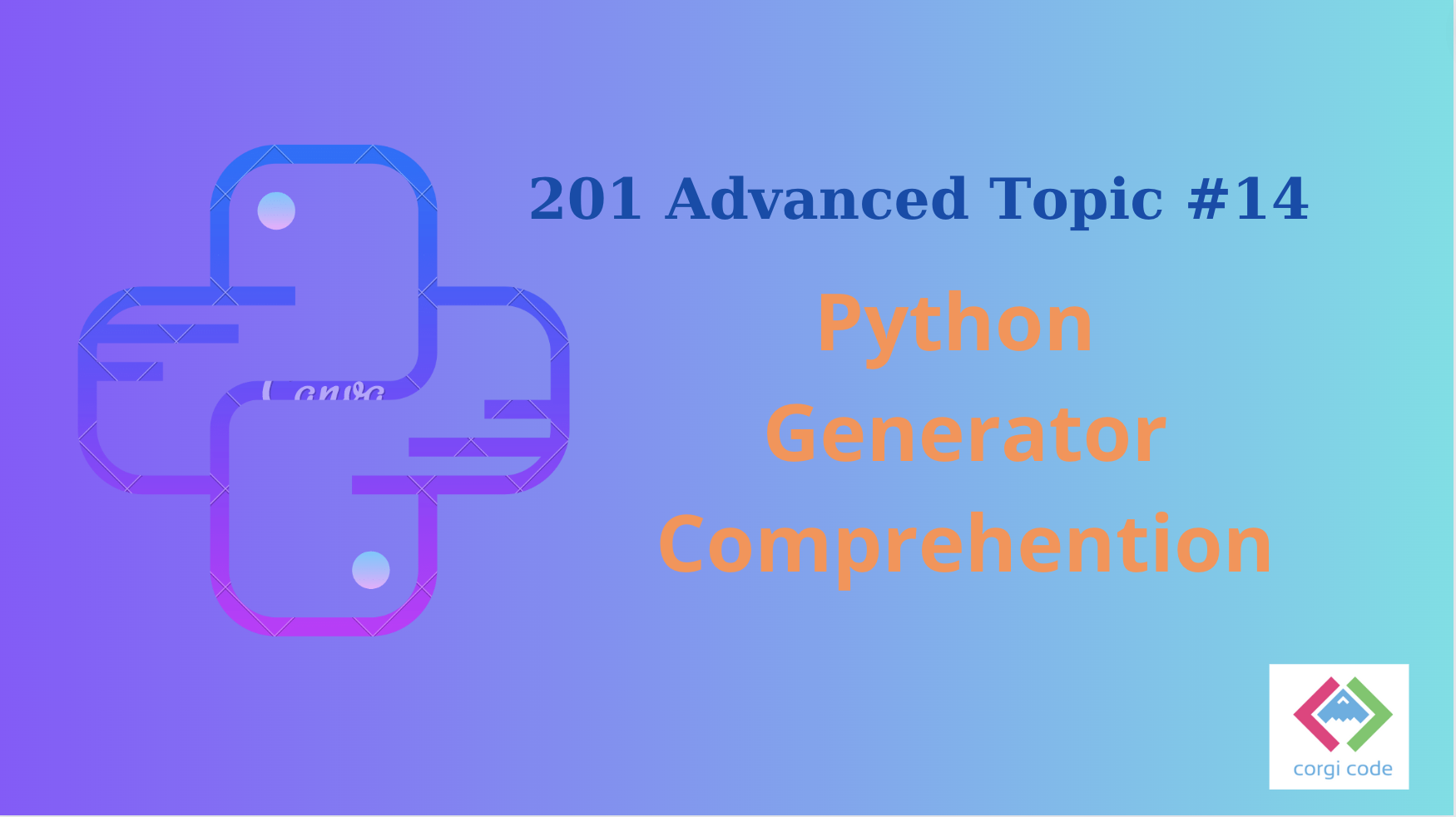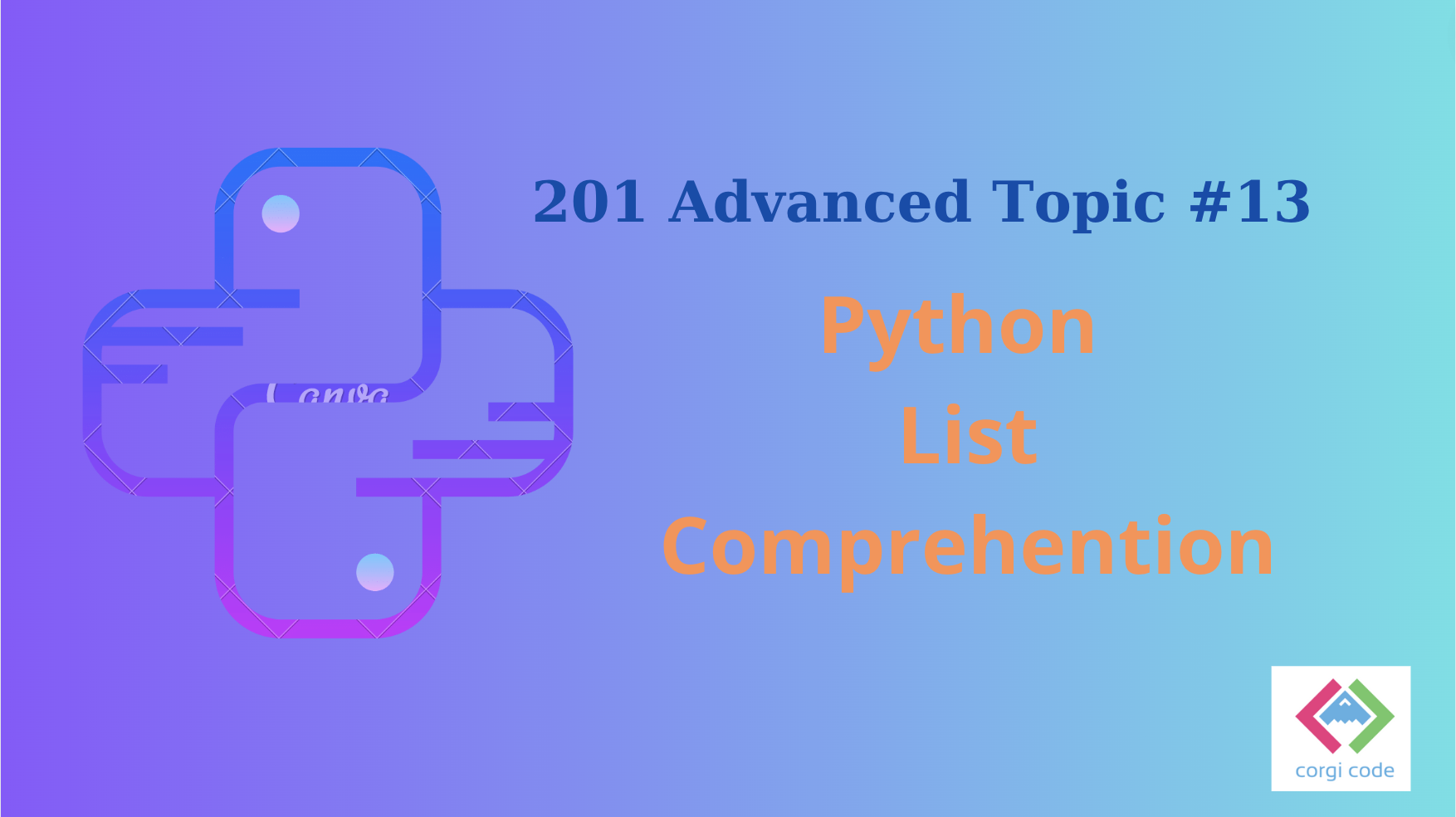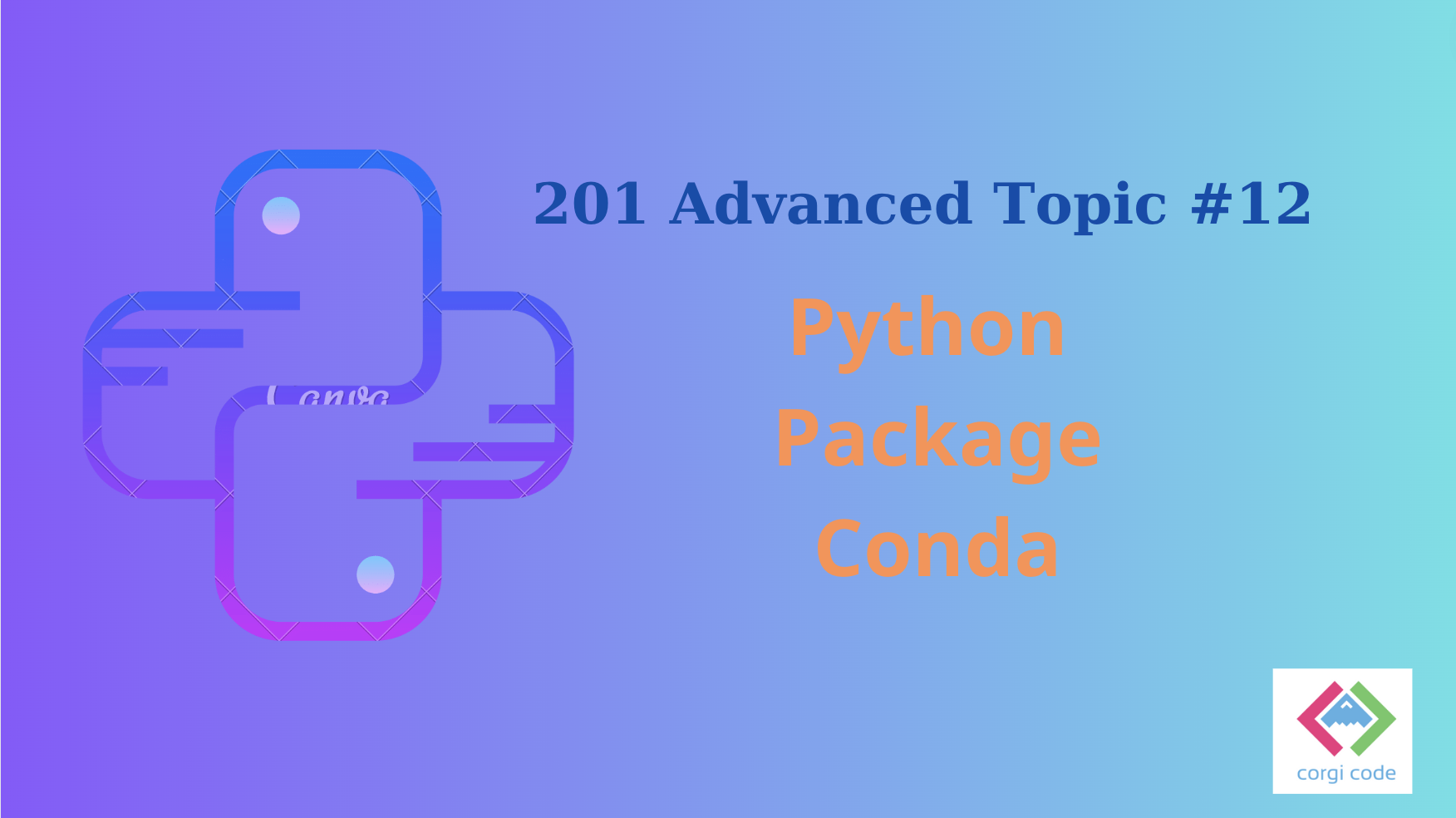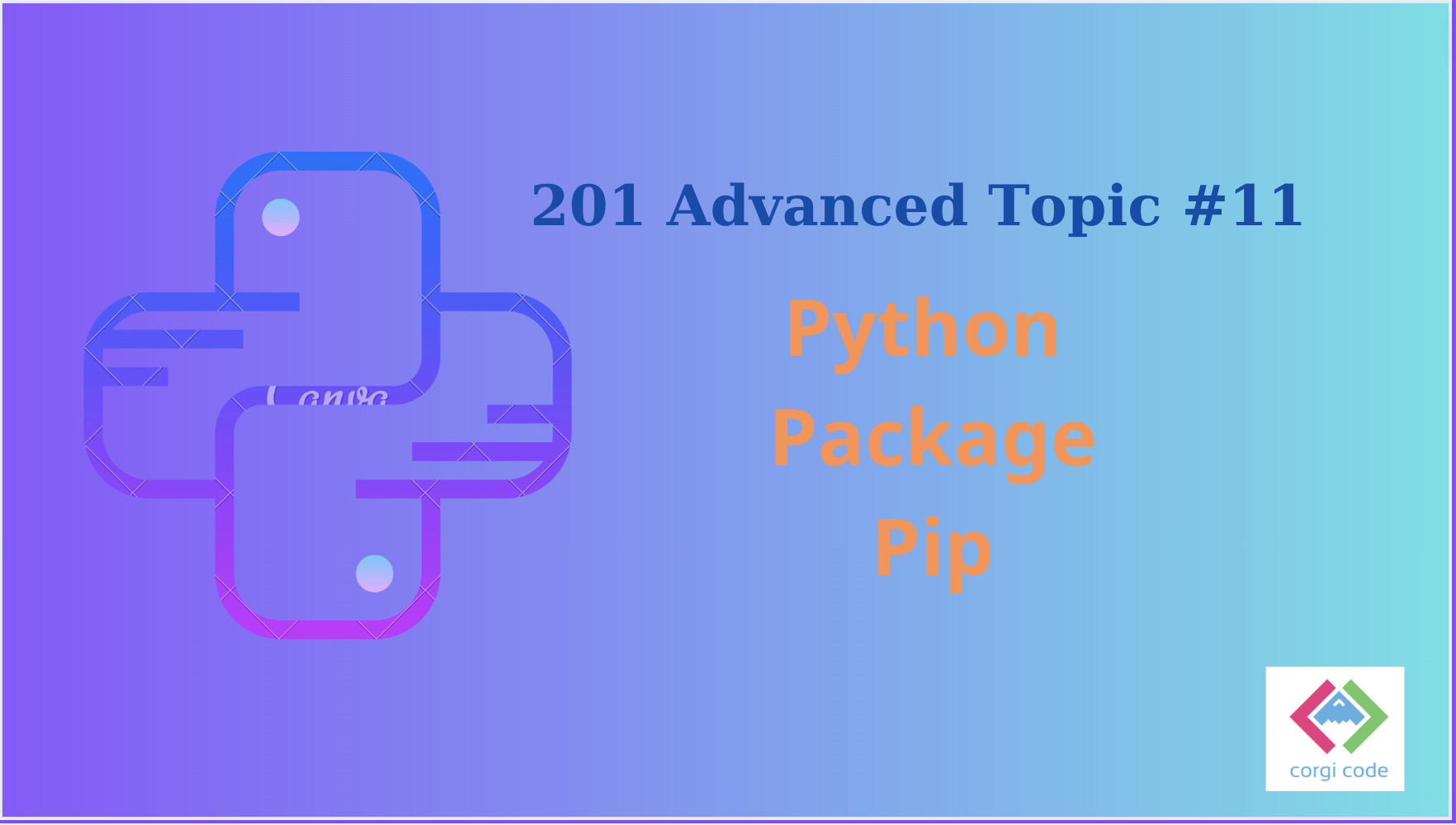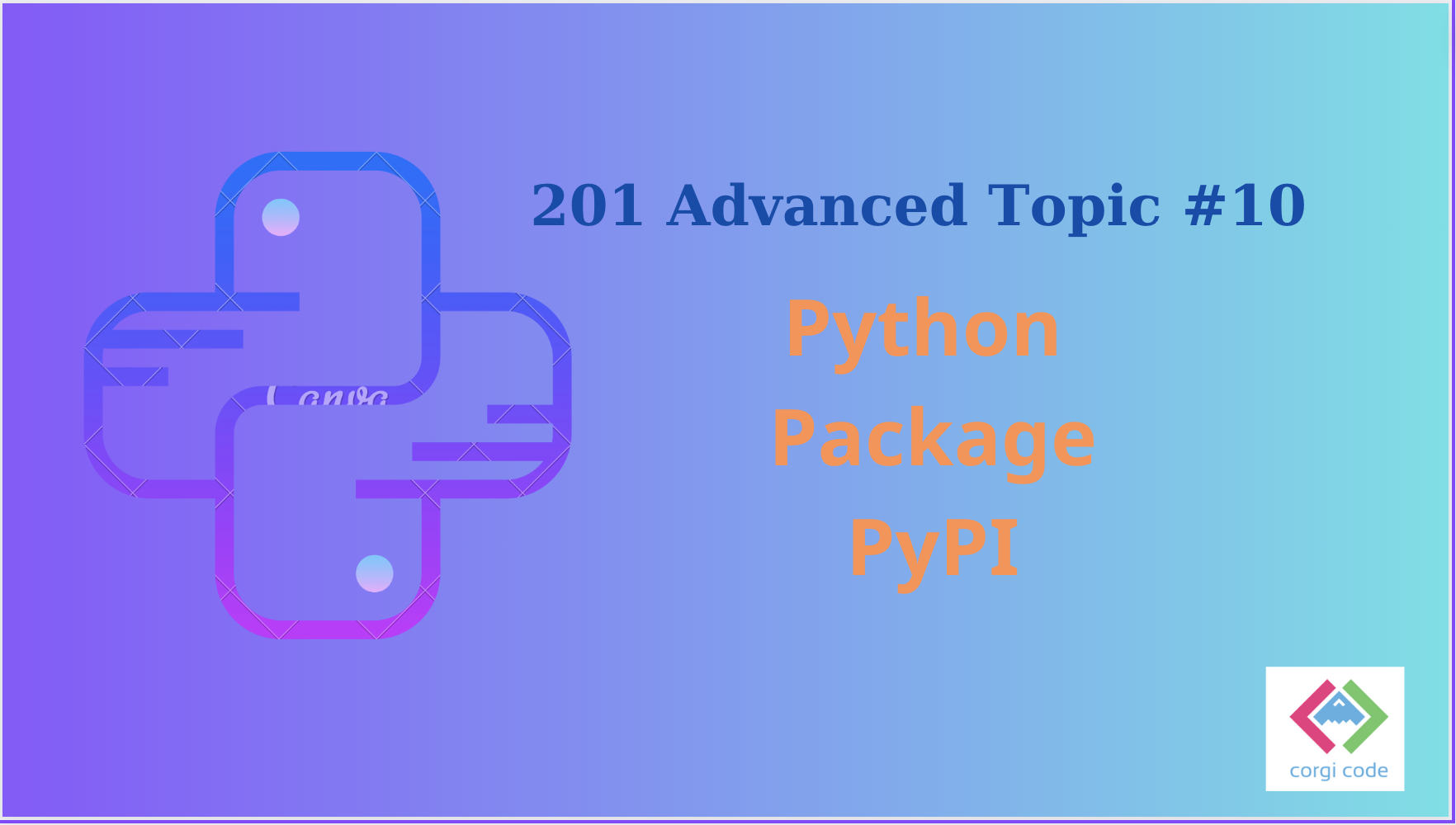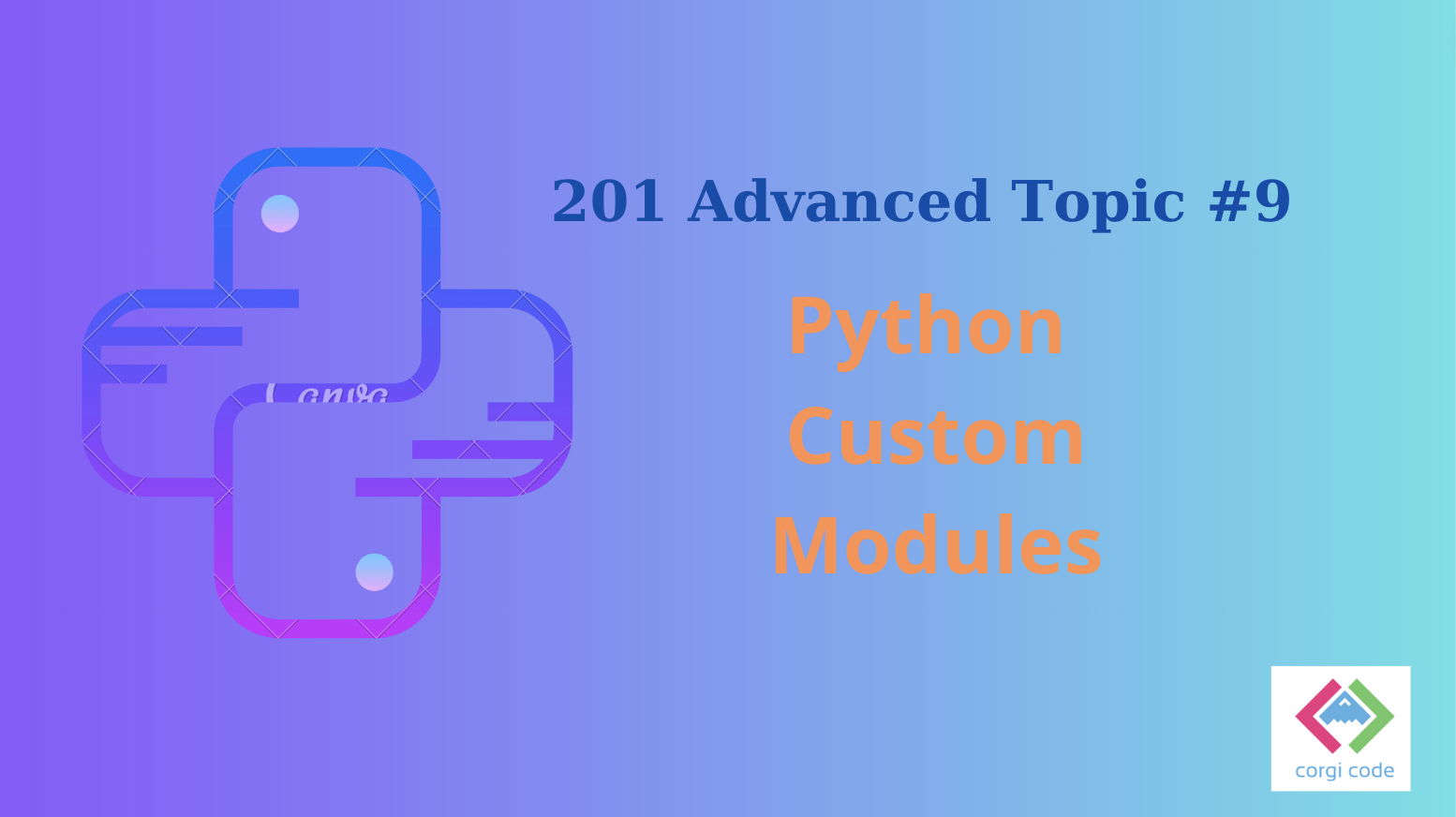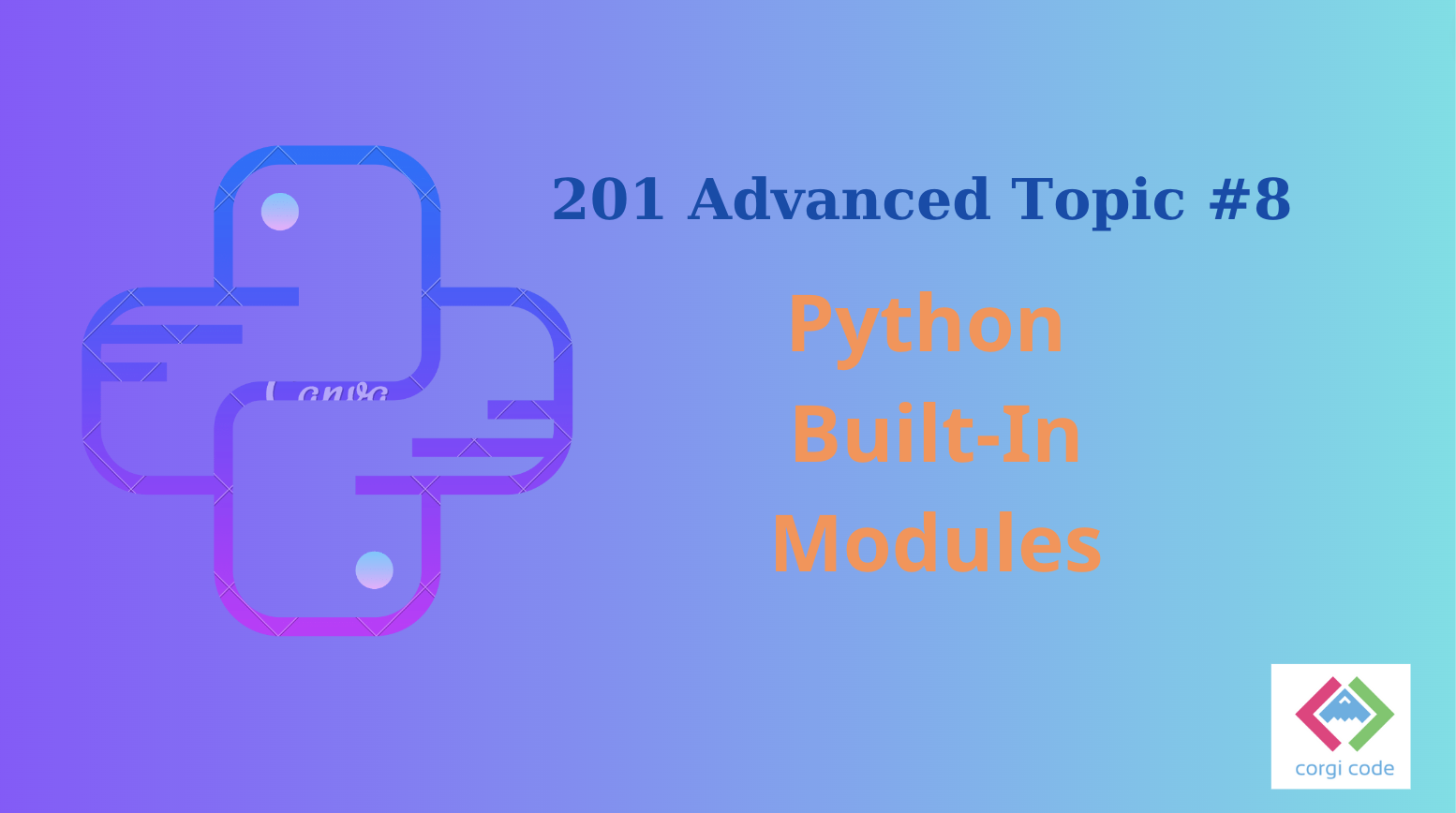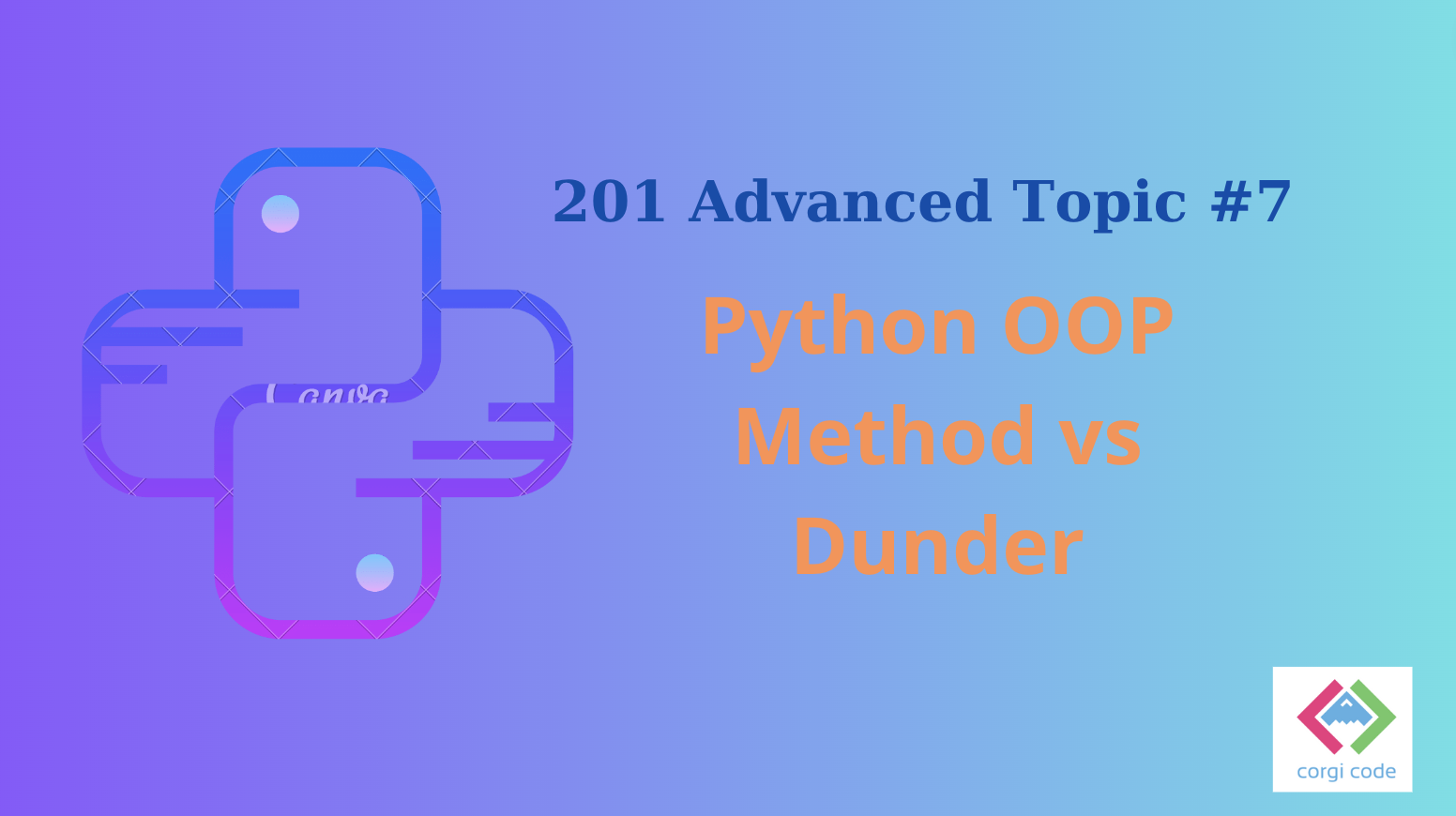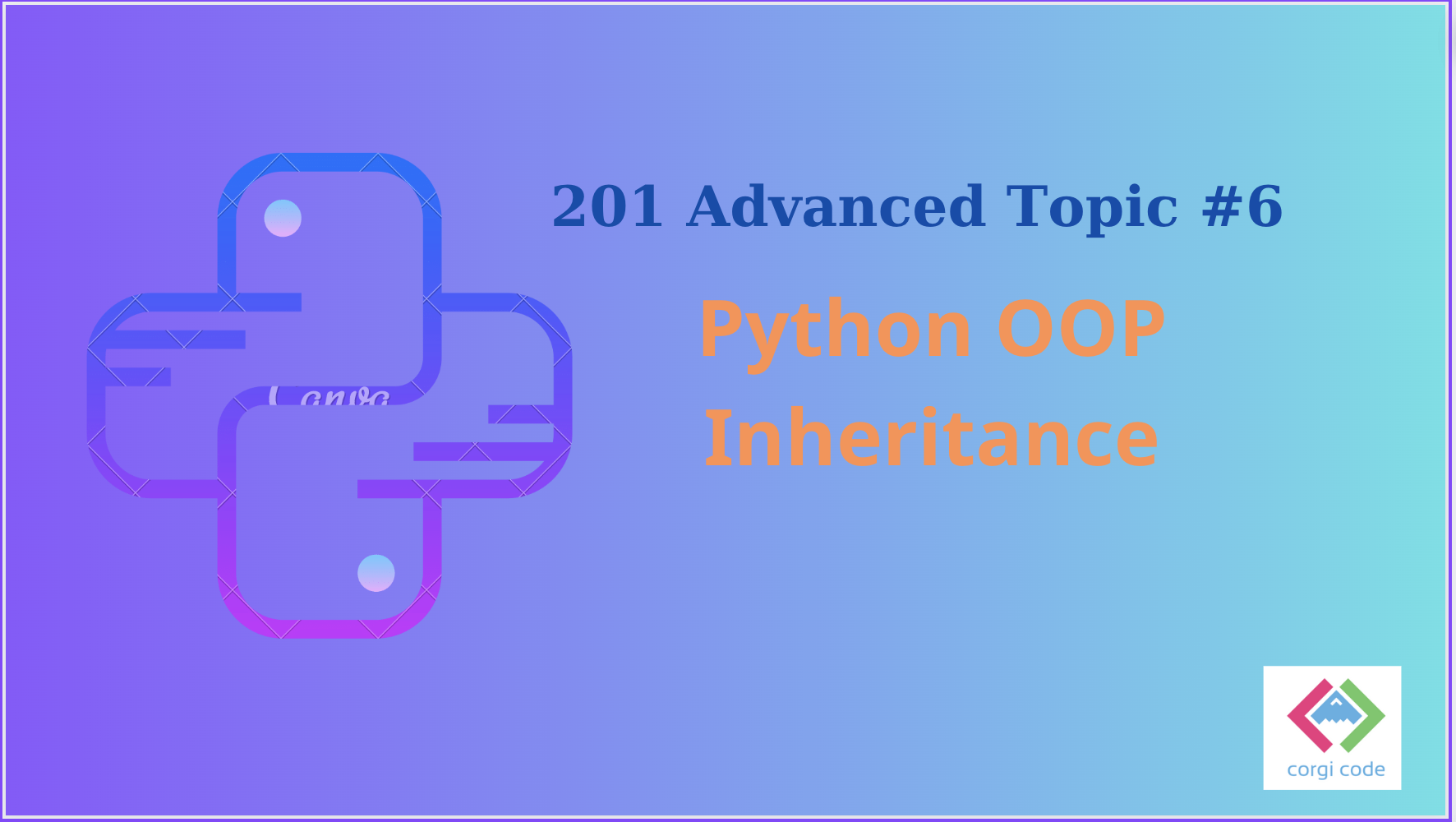Python is a multi-paradigm programming language, meaning that it supports multiple programming paradigms, including imperative, procedural, object-oriented, and functional programming. This gives Python programmers the power and flexibility to choose the best paradigm for the problem they are trying to solve. Python’s support for multiple paradigms makes it a versatile and flexible language, and it allows developers to choose the paradigm that best fits their needs. Imperative Programming Imperative programming is the oldest and most common programming paradigm. It focuses on describing how a program operates, step by step. Python…
Danh mục: Python 201
Python intermediate, Level middle
Python Generator Comprehensions: The Best Way to Create Iterators in Python
Python generator comprehensions are a way of creating generator objects from existing iterables, such as lists, tuples, strings, etc. They are similar to list comprehensions, but instead of creating a new list in memory, they create a generator that can yield one element at a time on demand. Generator comprehensions can save memory and improve performance when you only need to process one element at a time from a large or infinite sequence. The syntax of a generator comprehension is: where: Here is an example of a generator comprehension: Notice…
Python List Comprehensions: The Secret Weapon of Python Developers
Python list comprehensions are a way of creating new lists from existing iterables, such as lists, tuples, strings, etc. They are concise, expressive, and efficient. They allow you to apply a function or a condition to each element of the iterable and collect the results in a new list. The syntax of a list comprehension is: where: For example, suppose you have a list of numbers and you want to create a new list that contains their squares. You can use a list comprehension like this: In this example: You…
How to Use Conda to Install and Manage Python Packages and Environments
Conda is a package and environment management system for Python and other languages. It allows you to install, run, update, and remove packages and their dependencies from various sources, such as the Python Package Index (PyPI) or Anaconda.org. You can also use conda to create and switch between different environments that have different versions of Python and other packages. Conda is open source and works on Windows, macOS, and Linux. Conda easily creates, saves, loads, and switches between environments on your local computer. It was created for Python programs, but…
Learn How to Find, Install, Update, and Uninstall Python Packages with Pip
Pip is a package management system written in Python that is used to install and manage software packages. The Python Software Foundation recommends using pip for installing Python applications and their dependencies during deployment. Pip allows you to find, install, update, and uninstall packages from the Python Package Index (PyPI) or other sources. You can also use pip to create and manage virtual environments, which are isolated Python installations that can have different packages and versions. Some of the basic commands that you can use with pip are: Once Pip…
Learn How to Install, Update, and Publish Python Packages with PyPI
PyPI, or the Python Package Index, is the official repository for Python packages. It is a central repository where developers can publish and distribute their Python packages, and where users can find and install Python packages. PyPI contains over 300,000 Python packages, which cover a wide variety of topics, including: PyPI is a valuable resource for Python developers, and it is essential for anyone who wants to use Python to solve real-world problems. To use PyPI, you need to have a Python interpreter installed on your computer. Once you have…
Python Custom Modules: Master the Art of Reusable and Maintainable Code
Python custom modules are Python files that contain user-defined functions, classes, variables, or other code that can be imported and used in other Python files. They are useful for organizing code, reusing code, and creating libraries of common functionality. To create a custom module in Python, you need to write your code in a Python file with a .py extension and save it in a location that is accessible by the Python interpreter. You can then import your module in another Python file using the import statement, followed by the…
Python Built-In Modules: Master the Essentials and Boost Your Productivity
Python built-in modules are files with Python code that come with the Python installation. They provide access to system functionality, standard solutions, and data types that are commonly used in Python programming. You can import and use built-in modules in your Python code without installing any additional packages. Some examples of built-in modules are: You can find a complete list of built-in modules in the Python Module Index. You can also use the help function in the Python shell to get more information about a specific module. For example, help(os)…
What are Python Methods and Dunder Methods? A Simple and Effective Introduction to the Functions and Special Behaviors of Classes and Objects
Python object-oriented programming methods are functions that define the behavior of a class or an object. They can be either instance methods, which are associated with a specific object and can access its attributes, or class methods, which are associated with the class itself and can only access class attributes. Methods are defined inside a class using the def keyword, followed by the method name and parameters. For example, this is how you can define a method called greet in a class called Dog: Python dunder methods are special methods…
What is Python Inheritance? A Simple and Effective Introduction to the Is a Relationship between Classes
Python object-oriented programming inheritance is a way of creating new classes from existing ones by reusing and extending their functionality. Inheritance models what is called an is a relationship, which means that when you have a derived class that inherits from a base class, you create a relationship where the derived class is a specialized version of the base class. For example, suppose you have a base class called Animal that has attributes like name and age and methods like eat and sleep. You can create a derived class called…


